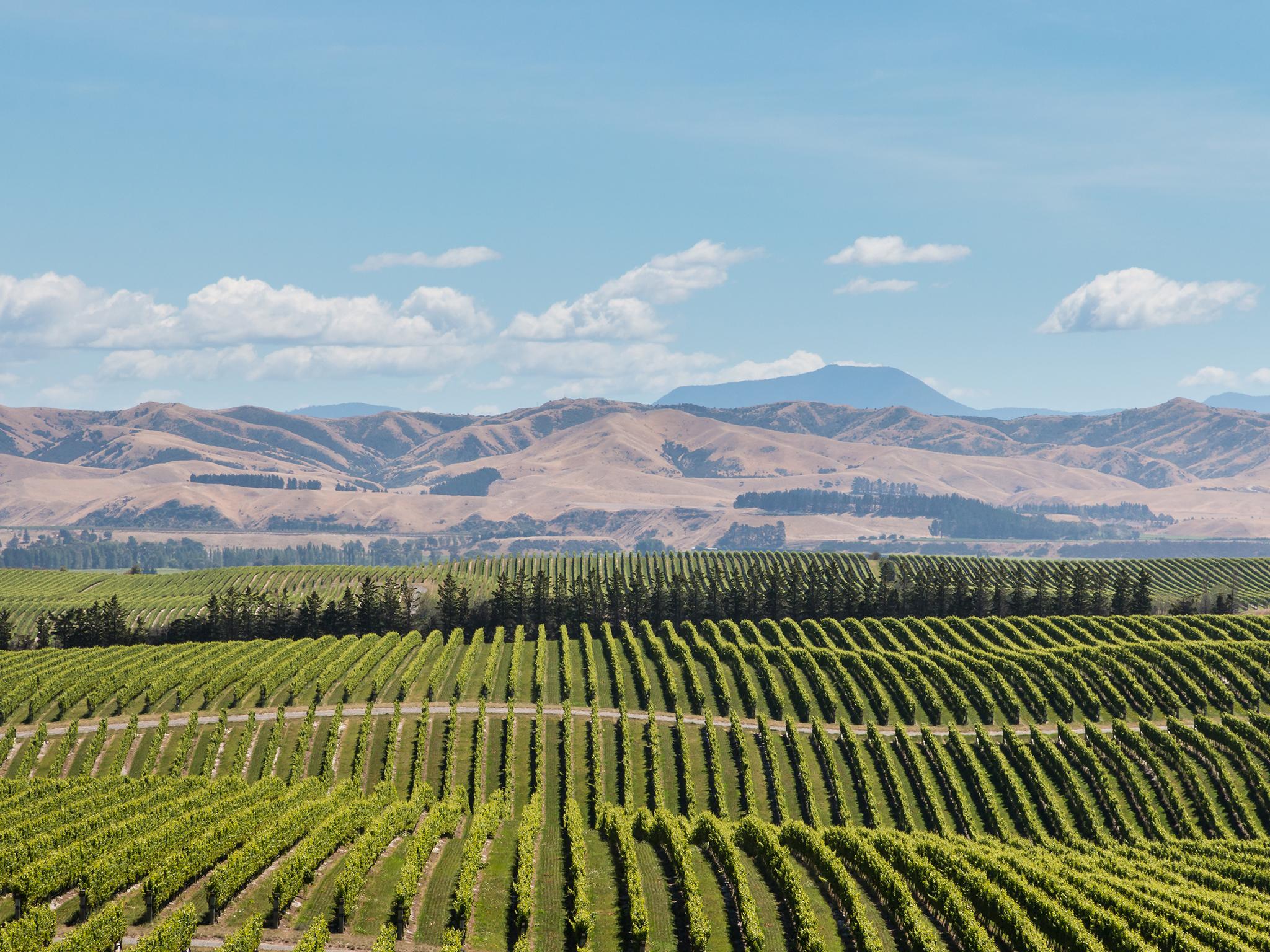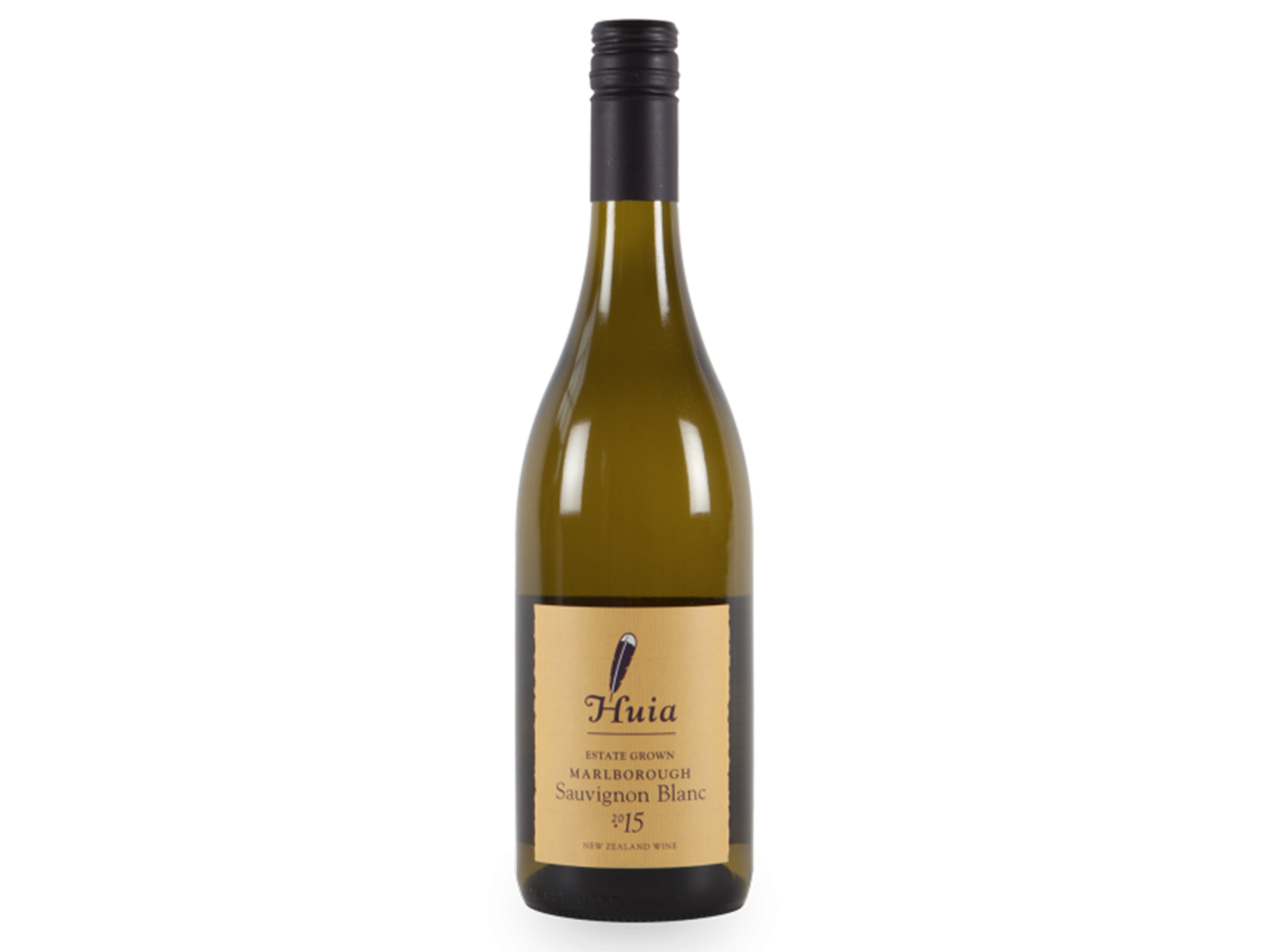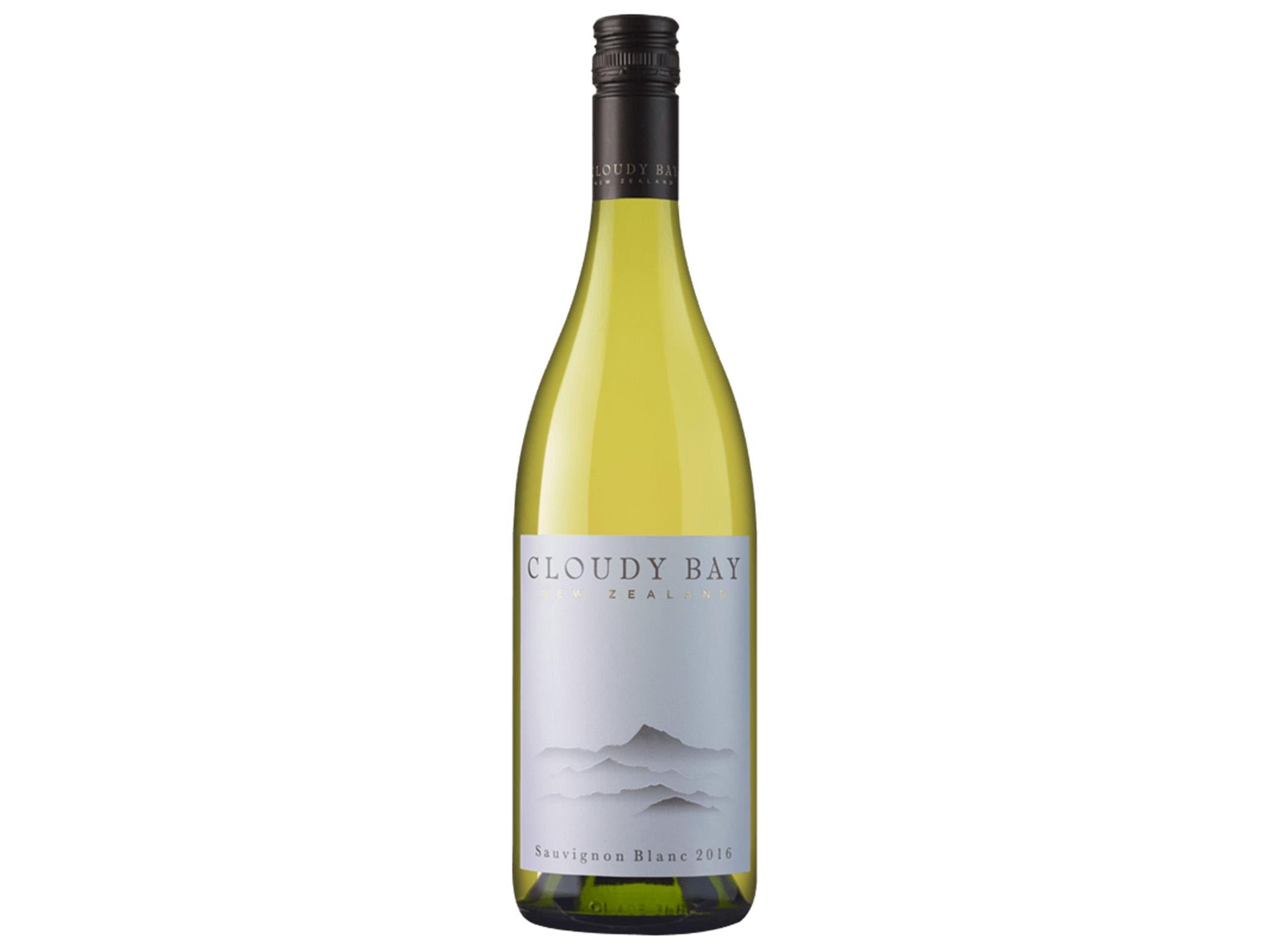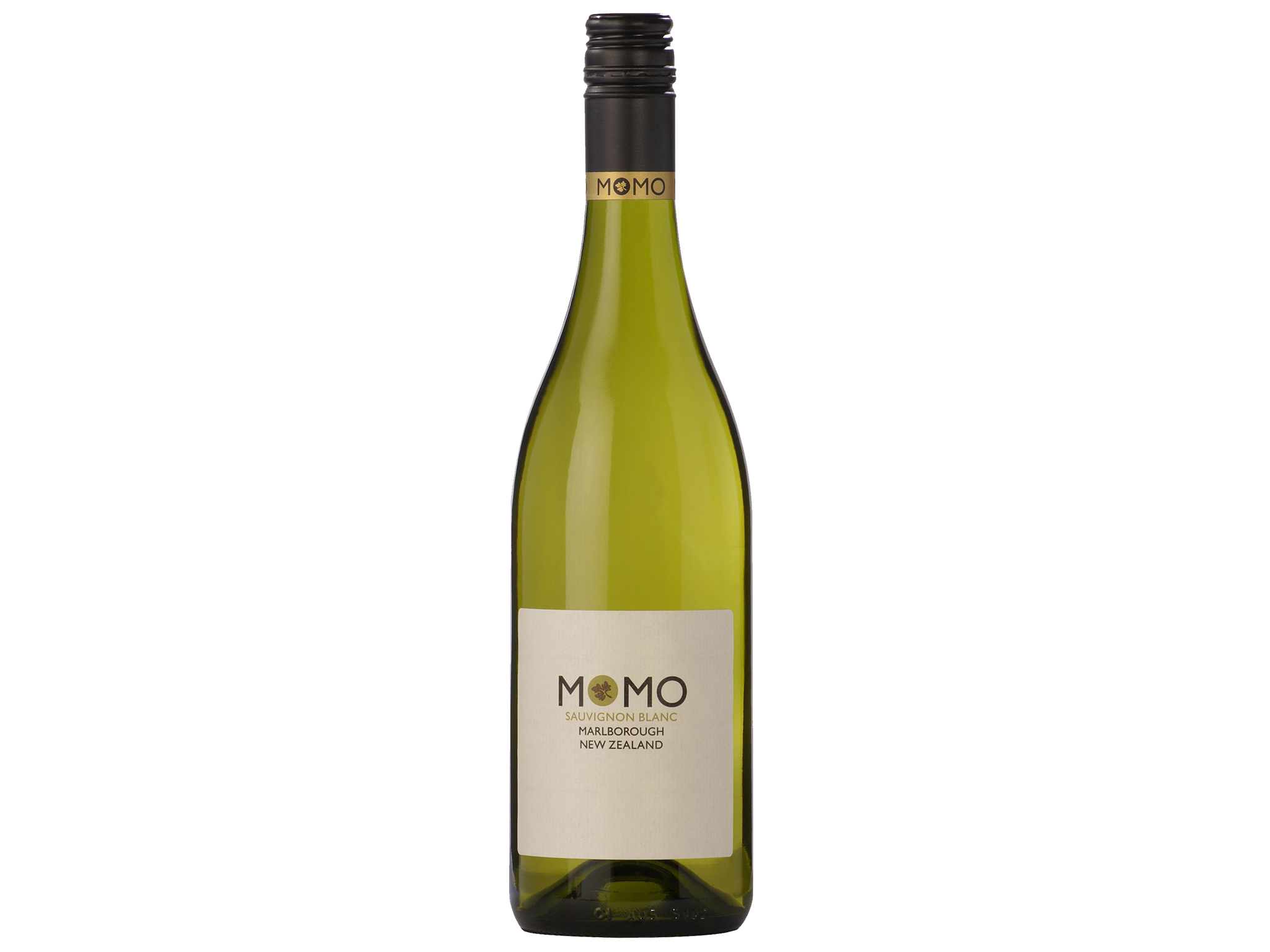Why we need to give New Zealand sauvignon blanc a second chance
Don’t listen to the naysayers – the kiwis pack a surprising punch with it comes this popular white

Your support helps us to tell the story
From reproductive rights to climate change to Big Tech, The Independent is on the ground when the story is developing. Whether it's investigating the financials of Elon Musk's pro-Trump PAC or producing our latest documentary, 'The A Word', which shines a light on the American women fighting for reproductive rights, we know how important it is to parse out the facts from the messaging.
At such a critical moment in US history, we need reporters on the ground. Your donation allows us to keep sending journalists to speak to both sides of the story.
The Independent is trusted by Americans across the entire political spectrum. And unlike many other quality news outlets, we choose not to lock Americans out of our reporting and analysis with paywalls. We believe quality journalism should be available to everyone, paid for by those who can afford it.
Your support makes all the difference.It has been a while since I have regularly consumed New Zealand sauvignon blancs. Over the years I had come to believe that too many were generic and formulaic. None that I have tasted in the past few years had really changed my mind.
But this is the Wine School column, where one of our guiding principles is that attitudes toward wine are not fixed in amber. Categorical beliefs – “I don’t drink red wine” / “I don’t like Bordeaux” / “New Zealand sauvignon blanc is generic and formulaic” – have to be revisited occasionally. It is important to question whether these beliefs have a real basis or serve simply as another example of the all-too-human impulse to cling to a stance regardless of the facts.
What could cause a person to shun a particular type of wine? Many things. Perhaps you drank a bottle of chianti at a disagreeable dinner, and thereafter you have associated the wine with those unpleasant feelings. The connection may be real, but must that chianti always take the blame for the unpalatable context in which it was served?
Or perhaps you really did have a bad bottle. Maybe you would enjoy a bottle from a better producer, or with different food, or with a more interesting television program in the background. Or maybe an obnoxious guy’s favourite wine is chianti, so you have staked out opposing ground to demonstrate your thorough contempt for him.
Your own taste may have evolved over time. Mine did, and most people’s do, especially when they are young and just beginning to explore wine. The more wines you try, the more experiences you are able to file away, giving your brain the information it needs to form that endlessly malleable mystery known as personal taste.

Now, regardless of the reason, I know plenty of people who have decided conclusively they will not drink certain wines. That is their right, and I would not bully anybody about the wines they choose to enjoy.
The three wines I recommended are each from Marlborough on the South Island of New Zealand, the region most associated with sauvignon blanc, which are Seresin Estate Momo 2015, Huia 2016 and Cloudy Bay 2016.
I particularly enjoy the herbal, minerally type of sauvignon blanc that you can find from the Loire Valley regions of Sancerre, Pouilly-Fumé and beyond. I love white Bordeaux, in which sauvignon blanc is often blended with sémillon.
New World sauvignon blancs can be delicious. But they are often treated as afterthoughts, mass-produced wines that produce reliable profits for wine companies but never receive the attention of the chardonnay, pinot noir or cabernet sauvignon that is the producer’s primary passion. That is an issue I had sensed with more than a few New Zealand sauvignon blancs. But one of the three wines I drank changed my mind.
The 2016 Huia was fresh and lively. It was bone-dry, with zesty flavors of lime and tropical fruits. It was not herbal in the way that I would expect a Loire wine to be, but it offered a restrained minerality that was lingering and resonant, giving the wine depth, texture and presence. It was, in a word, lovely.

By contrast, the 2015 Momo exhibited the more grassy, pungent, vegetal side of sauvignon blanc with aromas of hay, citrus and bell peppers. It was lively but with a narrower bandwidth than the Huia. Perhaps the extra year of age played a role, or maybe the ’15 vintage emphasised different sorts of flavours than the ’16, but this was not the sort of wine that draws me in.
The 2016 Cloudy Bay was somewhere in the middle, with aromas of herbs and tropical fruits, lively and energetic, but without the intensity of flavour that I ordinarily associate with Cloudy Bay. It didn’t stir the emotions like the Huia, but I found it a pleasant bottle.
Most readers really enjoyed these sauvignon blancs. VSB of San Francisco, who confessed he had never had a New Zealand wine before, was enamoured of the Cloudy Bay, finding it went not only with a salad with edible flowers and lemon-basil chicken but also with strawberry sorbet.
John Fraser of Toronto, who is from New Zealand, found the wines fruitier than the Loire sauvignon blancs and said they complemented his meal of halibut and vegetable ragout. Joseph of Île-de-France said he really liked the Momo, which was not my favorite, and described it as restrained and in balance “with a ghostly nod to a Sauternes.”

Not so many people were able to find the Huia, the bottle I liked best. But those who did shared my opinion of it. Martin Schappeit of Forest, Virginia, said that he liked all three wines so much that he reordered them all after drinking them but that the Huia, with “green apple acidity,” was his favourite. And Barron of New York, who had such low expectations of New Zealand sauvignon blanc, said the Huia was a step up from any of the bottles he’d had in the past.
“I swear I heard it whisper in my ear: ‘Don’t take me too serious. Let’s have a good time here,'” he wrote. “And that we did.”
That’s exactly the sort of open-mindedness Wine School would like to encourage. I hope I have learned that lesson myself. I know I plan to drink the Huia again and will try not to close myself off to other examples.
Not that this style depends on my approval. Sauvignon blancs are popular around the world, and readers not only from North America and France but also from Warsaw, Poland, and Chengbu, China, drank the wines approvingly.
I don’t equate popularity with quality or distinctiveness. But it is sometimes worth wondering what all the fuss is about.
© New York Times
Join our commenting forum
Join thought-provoking conversations, follow other Independent readers and see their replies
Comments